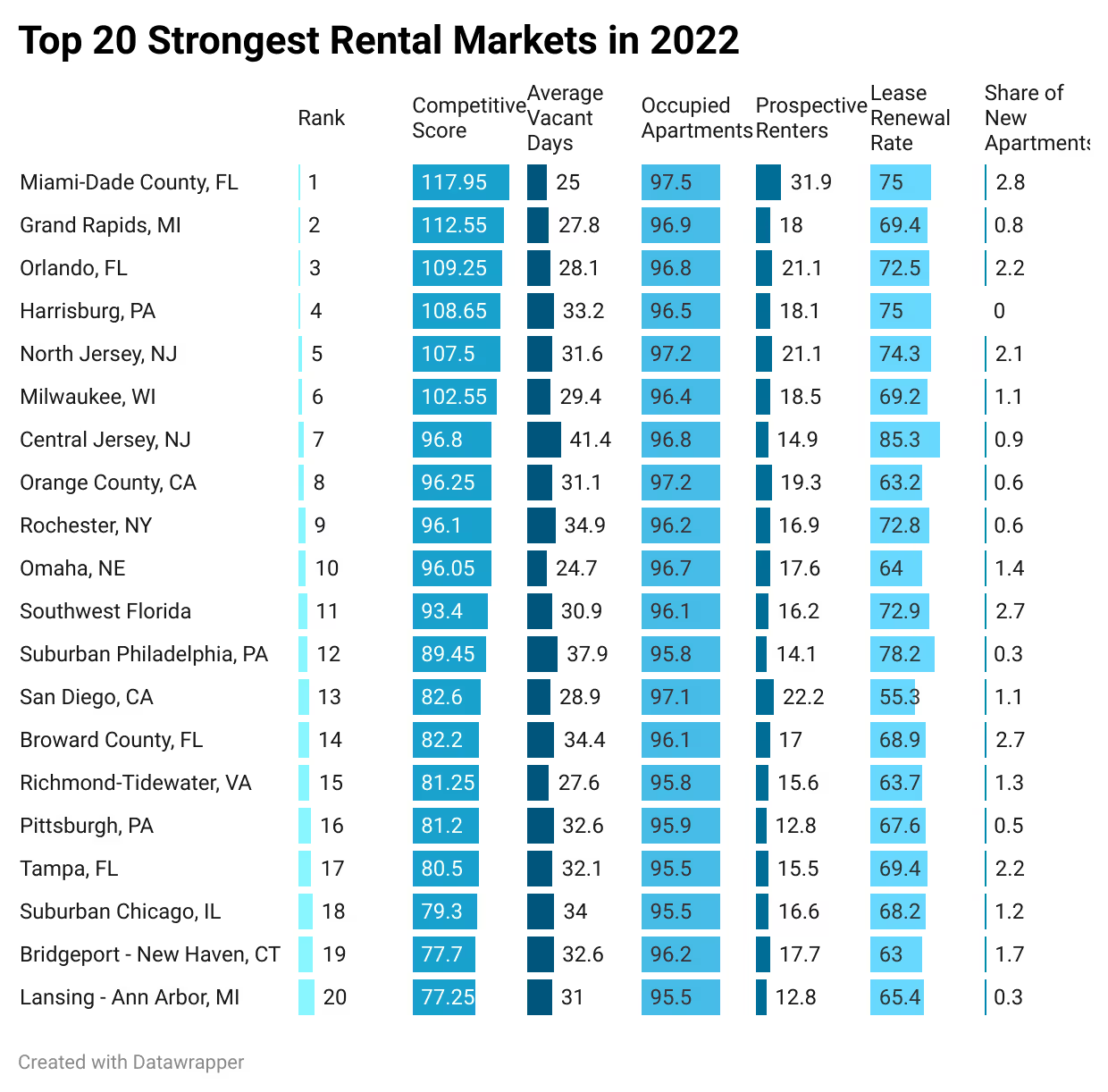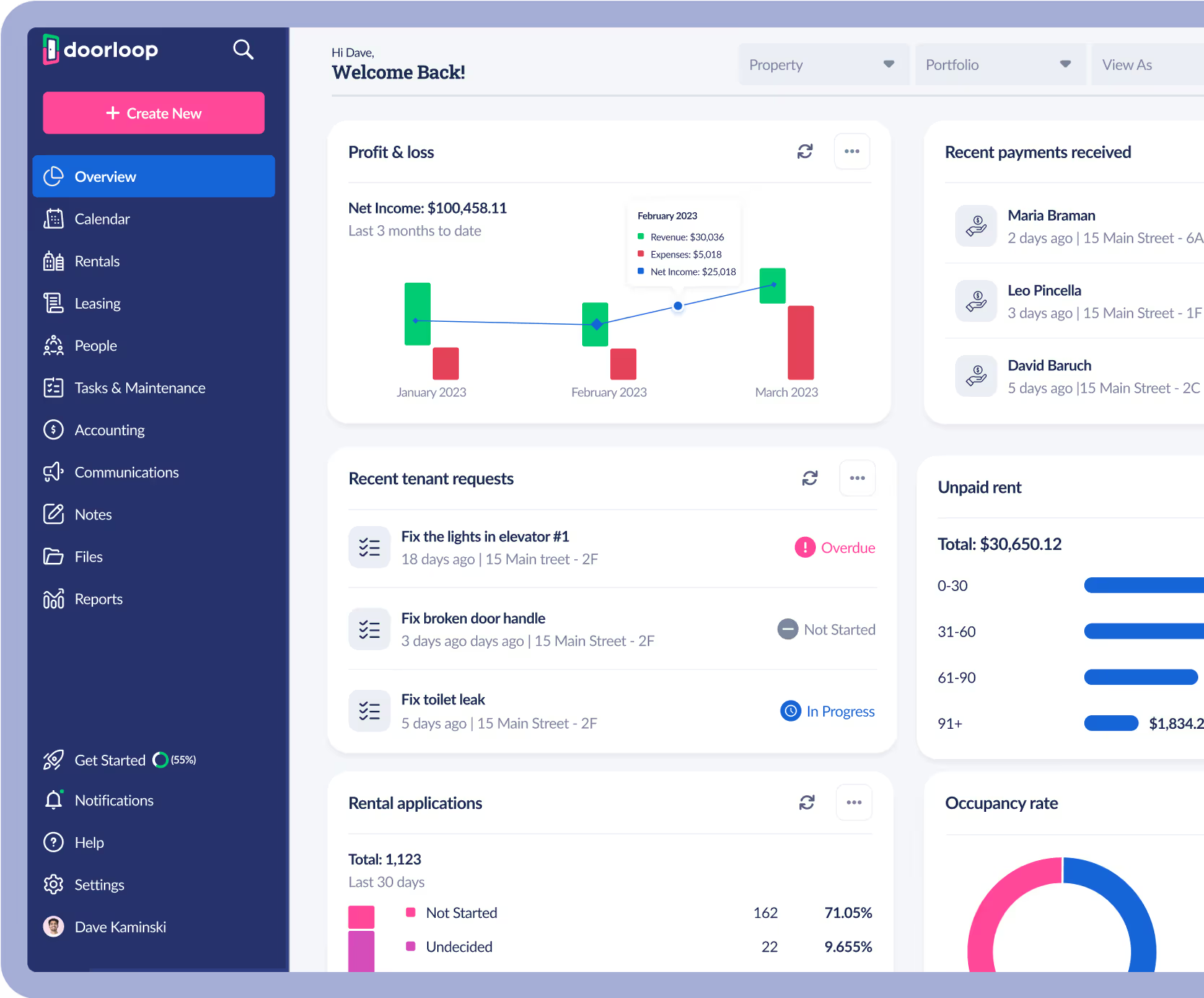You can create generational wealth for you and your family with short-term and/or long-term rental portfolios, especially if you accelerate the mortgage payoffs sooner rather than later.
In 2022, short-term rentals in the U.S. collected over $62 billion in revenue.
The 2022 income numbers were a 25.1% year-over-year increase with almost 200 million nights booked, as provided by AirDNA.
A short-term rental property or vacation rental property is usually rented for anywhere between just one day and up to 30 days.
Prior to the introduction of Airbnb and other short-term rental platforms, a short-term rental used to be considered as a lease agreement for less than a period of 12 months.
One of the main advantages of a short-term rental is that the rents are usually higher than long-term rentals with a daily, weekly, or monthly lease option.
There are both positive and negative aspects to income and maintenance in the short-term rental market.
Due to the high turnover of tenants, the rents charged by the landlord can be quickly pushed skyward during periods of increased demand.
Conversely, the higher turnover of tenants can increase the chances of damage to the properties leased.
Other drawbacks related to short-term rentals can include the lack of consistent income year-round, higher operating expenses, and local homeowners’ associations or city regulators who can assess fines or other restrictions partly due to noisy tenants.
Peak holiday weekends, however, can help generate very high short-term rental income which can more than offset any long periods of vacancy.
The early origins of Airbnb began when their co-founders named Brian Chesky and Joe Gebbia were almost broke and seeking new ways to raise money to pay their own monthly rent for their apartment in San Francisco back in 2007.
Literally, the two struggling roommates blew up a few air mattresses in their apartment and offered them to attendees of a nearby conference because all the nearby hotel rooms were booked at the time.
As a result, the birth of the “Air Bed and Breakfast” industry figuratively blew up and became a billion-dollar business.
While Airbnb is the best-known short-term rental platform, there are many other exceptional short-term platforms across the world which include:
- VRBO
- Booking.com
- TripAdvisor
- Expedia
- HomeToGo
- Tripping
- OneFineStay
- Interhome
- Homestay.com
- Atraveo
Long-Term Rental Trends
A long-term rental is generally for an extended period of 12 months or longer.
The advantages of long-term rentals for the property owner include steadier and more consistent income, a zero or very low vacancy rate, and fewer maintenance headaches (short-term rental expenses do rack up).
Some negatives for long-term rentals can include limitations to raising rents and the risk of leasing to tenants who either don’t pay their rent on time or who refuse to vacate on a timely basis when asked.
In the fourth quarter of 2022, the national vacancy rates were reported as being 5.8% for rental housing as provided by the US Census Bureau.
As compared with one year prior in the fourth quarter of 2021 (5.6% vacancy) and the third quarter of 2022 (6.0% vacancy rate), the latest published national vacancy rate wasn’t significantly different.
Let’s take a look next at the Top 20 Most Competitive Rental Markets in 2022 as provided byRentCafe:

Leveraging with Mortgages
Many rental property investors need third-party money to get into and out of their properties when they buy and later resell.
Most short-term and long-term rental property buyers usually need some type of mortgage financing to complete the purchase.
This is true whether it’s a purchase for a one-unit property that’s acquired by an individual or LLC or a complex 1031 tax-deferred exchange involving multiple properties which close concurrently on the same day.
One of the most positive benefits associated with rental property investments is the ability to leverage the purchase with a much larger mortgage than the required down payment.
It’s not uncommon for a high percentage of rental property owners to invest as low as 15% down in cash. For so long as the property cash flows and all monthly expenses are covered, the entire purchase price of the property will grow and compound in value.
For example, a $500,000 short-term rental home purchase with 15% down is equal to a $75,000 cash down payment. If the home averages a 7% annual appreciation gain for the next 10 years, it will double in value up to $1,000,000 using the Rule of 72 investment formula to estimate how long it may take for the asset to double in value.
Or you take the projected or real rate of annual return and divide 72 by it (72/7 or 7% annual gains estimate to arrive at a 10-year estimate). In just over two years at an average rate of return of 7%, the investor may recapture their $75,000 down payment in the form of new equity gains for their property.
Many short-term and long-term rental buyers purchase both brand-new builder homes and older existing homes to hold and lease out.
According to the National Association of Home Builders (NAHB), the all-cash buyer purchase numbers continue to increase after mortgage rates more than doubled in 2022. By the fourth quarter of 2022, cash buyers made up 11.2% of all new home sales which was the largest all-cash share for new homes since 1990.
By comparison, the all-cash buyer numbers were significantly higher for existing homes sales as they reached 28% of existing home transactions in December 2022, according to the National Association of Realtors.
One month earlier in November 2022, cash buyers represented 26% of all existing home purchases and one year earlier in December 2021 the cash buyer numbers were 23%.
There are several mortgage lenders that will qualify buyers who purchase short-term or long-term rentals with or without full income verification.
These types of DSCR (Debt Service Coverage Ratio) loans allow the mortgage borrower applicants to qualify more on the rental property’s current or potential future short-term or long-term monthly income.
If the property breaks even at a 1.0 DSCR where the rent equals the proposed monthly mortgage payment (principal, interest, property taxes, insurance, and HOA, if applicable), the borrower is more likely to qualify for the purchase loan.
Some of the more flexible mortgage lenders nationwide will allow the appraiser to value the property that’s being purchased or refinanced with current or future potential short-term and long-term rents.
As a result, the property value may be much higher due to the inclusion of the usually higher short-term rent.
Equity and Cash Flow Gains
For the typical American household, the bulk of their net worth comes from the equity in their primary residence where they live full-time while continuing to remain relatively “cash poor” due to fewer liquid assets available.
A truly fortunate individual or family purchased their home a few decades ago that is now free-and-clear with no mortgage debt after slowly paying off the 30-year fixed rate mortgage.
An even more fortunate individual or family is a person or family who starts to acquire rental properties along with their owner-occupied home while compounding their equity gains in two or more properties.
While inflation can severely damage the purchasing power of the dollar in your pocket, it boosts the equity value in the real estate owned and the monthly cash flow. This way, the investor becomes both equity-rich and cash-flow-rich at the same time.
Historically, real estate has proven to be an exceptional hedge against inflation partly because it usually appreciates each year at least as high as the published inflation rates.
In recent years, the published inflation rates have varied between 6% and 9% while the true inflation rates may be more than double these “official” rates. It hasn’t been unusual to see home values rise 10%, 20%, 30%, or 40% per year over the past 10+ years.
As of July 2022, CoreLogic shared that upwards of 80% of all open residential mortgages were priced at or below a 4% rate. Because we’ve seen mortgage rates reach record lows in recent years, a high percentage of rental property owners have excellent monthly cash flow due to very low mortgage payments.
Accelerating the Mortgage Payoff
The first seven years of a fully-amortizing 30-year fixed rate mortgage are primarily interest paid for the borrower as the unpaid principal balance does not really begin to amortize or decrease until after the seventh year.
However, the average borrower holds their mortgage for approximately seven years, so they are not likely to reduce their original loan balance unless the borrower accelerates their mortgage payoff by adding extra principal payments to the monthly loan payment.
For a short-term or long-term rental property, the key is to maintain steady monthly income to cover the existing monthly mortgage payments and to add extra principal payments that might be as small as an extra 1/12th of the monthly payment.
For easy math, 1/12th (.083%) of a $1,200 mortgage payment with principal and interest is equal to an extra $100 per month paid to your mortgage loan servicer.
Approximately 36% of Americans are paid biweekly or every two weeks.
You can also structure your mortgage payments as automatic biweekly payments online which can shave many years off your 30-year fixed mortgage terms as it effectively converts it from annual 12-month payments to a 13-month payment within the same calendar year without even adding extra principal.
The combination of paying biweekly online and adding extra principal can turn your 30-year fixed rate term into a loan that pays off in 7, 10, 12, or 15 years instead.
The lower your mortgage rate, the faster the unpaid principal will pay off if you apply extra principal paydowns each month.
Once your rental properties are free-and-clear, your monthly net cash flow and equity will be much higher. At this point, the massive positive cash flow becomes your retirement income stream whether you are in your 20s, 30s, 40s, 50s, 60s, 70s, or 80s+.
Instead of you working hard for your money, why not have your money work hard for you by owning free-and-clear properties with solid and consistent monthly cash flow?
“If it has a door, you can use DoorLoop.”
If you do not have an effective property management software system to screen your tenants, increase your income, and decrease your expenses, you’re less likely to have consistent cash flow and build equity at a faster pace.
Your investment in DoorLoop will help create seemingly infinite cash-on-cash returns for many years to come.

































.svg)
.svg)

